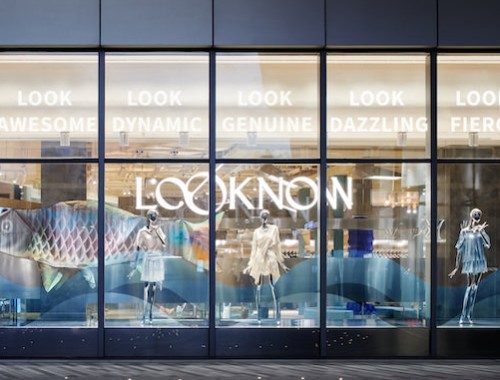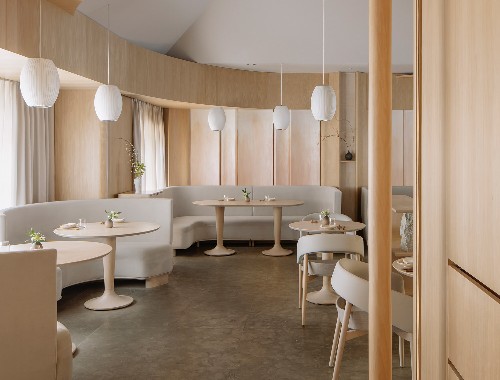Life Hub, the Mixed-use retail spaces will play a big role in China Market
Source:scmp
Mixed-use retail spaces will play a bigger role in meeting the shifting preferences of mainland consumers.
Henry Cheng Bing-chark, chief executive and co-founder of Shanghai-based Chongbang Group, believes mixed-use retail spaces will play a bigger role in meeting the shifting preferences of mainland consumers.
Drawing on a diverse real estate development background in China, Cheng envisions the continuing development of retailing based on leisure and social interaction in bringing shoppers out to the mall.
“We believe shopping malls should be an extension of the home,” he said. “Our focus at Chongbang is the customer experience, rather than just consumption.”
Cheng founded the company in 2003, with the help of investors from Hong Kong, China and Singapore, to focus on the development of mixed-use projects oriented towards retailing. He said the new retail concept became popular in Shanghai around 2000.
Cheng worked previously for Hong Kong, China-listed Shui On Land where he helped oversee the development of the Xintiandi entertainment district in Shanghai, a fusion of retailing, office and entertainment amenities.
His two decades with Shui On included roles spanning building material production and project management.
“I learned from the Xintiandi project that there is a market in Shanghai for open-plan retail and lifestyle related facilities,” he said.
“That is why Life Hub at Daning, Chongbang’s first completed project, was designed and built with 15 buildings, three outdoor piazzas and two kilometres of pedestrian promenades.”
Since setting up Chongbang Group, Cheng has piloted retail developments that allocate about two-thirds of gross floor area to amenities that include food and beverage, entertainment, wellness, education and cultural facilities.
Known as Life Hubs, four projects have been completed in Shanghai, while three more are under development. These include one in Kunshan, one in Hangzhou and a fifth project in Shanghai that is scheduled to open in December.
“When I entered China in 1993, retail only meant government-owned department stores. It has since grown and changed at a fast pace. This is why we have been offering something new at every one of our projects,” he said.
The first Life Hub took shape in the Zhabei District of Shanghai, with the completion of retail and office amenities in 2006, followed by a hotel in 2007. The project, featuring a gross floor areas of 2.7 million square feet, helped to transform what then a low-income area.
“The challenges of this model are the skills in balancing the scale and proportion of buildings and open spaces, the alignment of pedestrian and vehicular traffic, the arrangement of trade and merchandising mixes, and the utilisation of open spaces for events and promotions,” he said.
“Our projects are not inspired by foreign entities, but by local culture and preferences of our target customers.”
Cheng believes the physical retail space is set for further changes as the online economy gathers steam.
“In the last couple of years, our focus has been helping our offline tenants to do more online business, thus increasing total sales of our Life Hubs,” he said.
As part of that shift, Chongbang has been inviting online retailers to participate though its Life Hubs under a programme known as “O+O”, or online plus offline strategy.
The concept encourages e-commerce merchants to develop a presence in brick-and-mortar hubs as a way to reach offline consumers.
(Source:scmp.com)






 沪公网安备31010402003309号
沪公网安备31010402003309号



